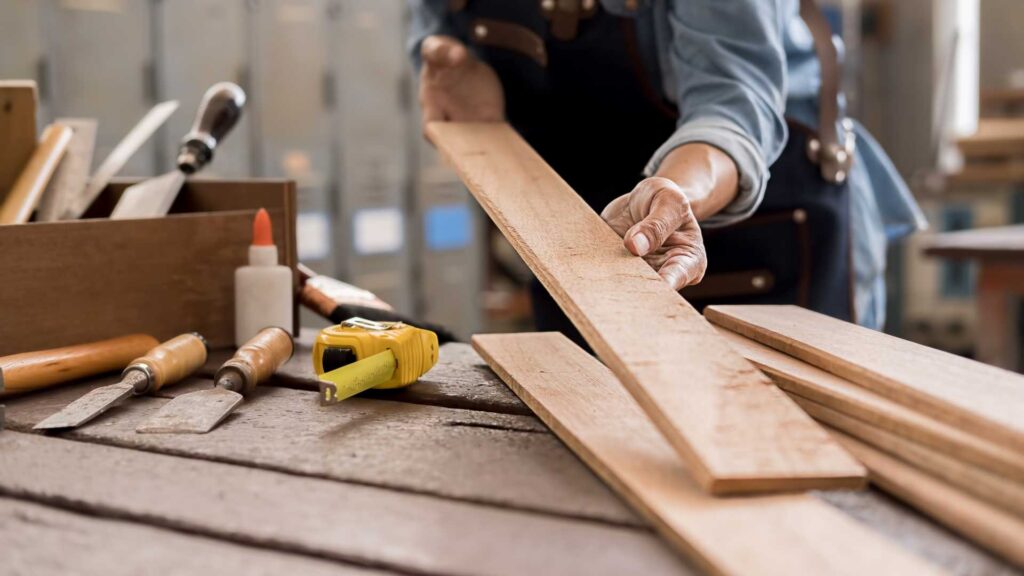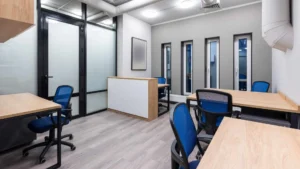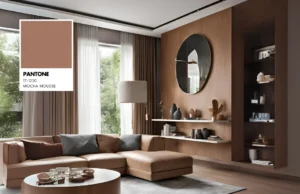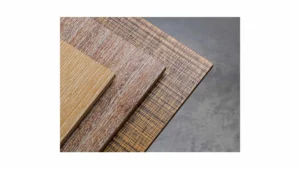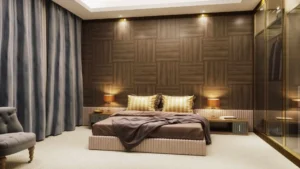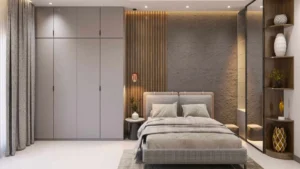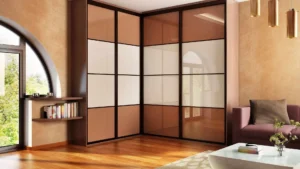For woodworking and construction works, picking the correct plywood is very important for excellent outcomes. Plywood, which is a flexible material available in many grades, thicknesses, and types, has diverse characteristics and uses.
In this thorough guide, we will delve into the different elements that need consideration when selecting the right plywood so you can make an educated choice for your next job.
Understanding Plywood Grades
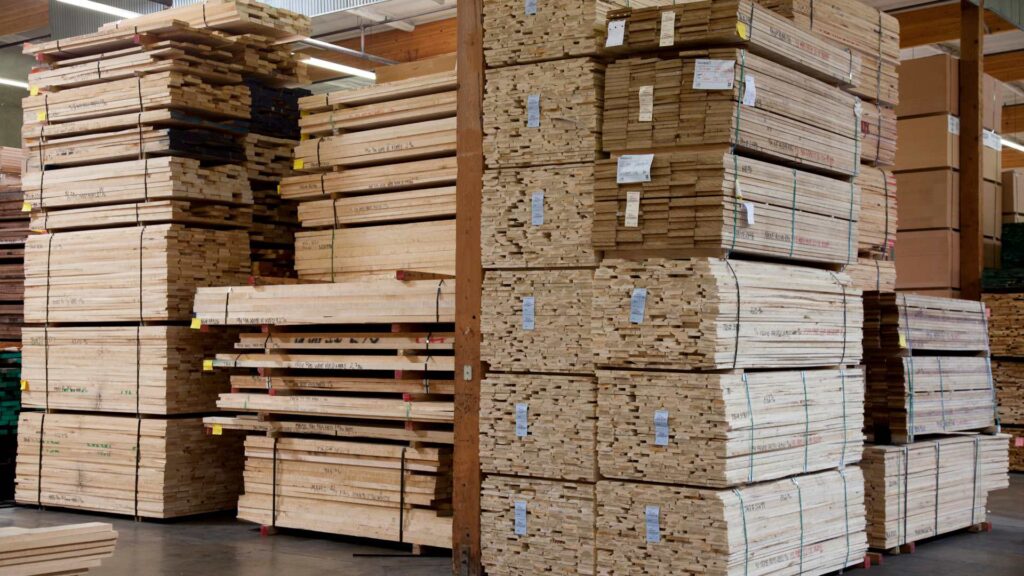
Plywood is divided into various grades according to its quality and look. The usual ones are A, B, C and D, the A grade being the best of all, while the D grade is the poorest. Plywood that has an A grade will show a smooth surface without any defects, making it perfect for uses that can be seen, such as furniture or cupboards in your home.
Plywood graded as Grade B might possess some small faults yet it is still fitting for painted or veneered work. Grades C and D are less visually pleasing and usually employed structurally or where they will not be seen much.
Plywood Thicknesses
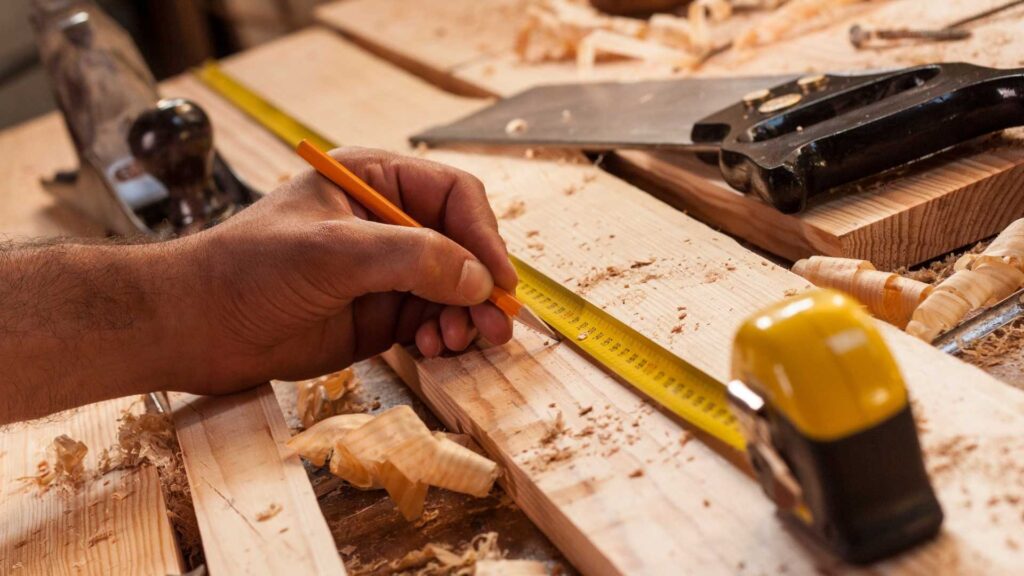
Plywood can be found in different thicknesses, usually measured by 1/8 inch. Typical widths are 1/4 inch, 3/8 inch, 1/2 inch, 5/8 inch and finally 3/4 inches. The choice of thickness is based on the strength and stability you need for your project. Usually, thicker plywood is stronger and less likely to bend. This type is good for uses that require bearing weight. Thinner plywood is lighter and more flexible, which makes it suitable for applications like drawer bottoms or cabinet backs.
Types of Plywood
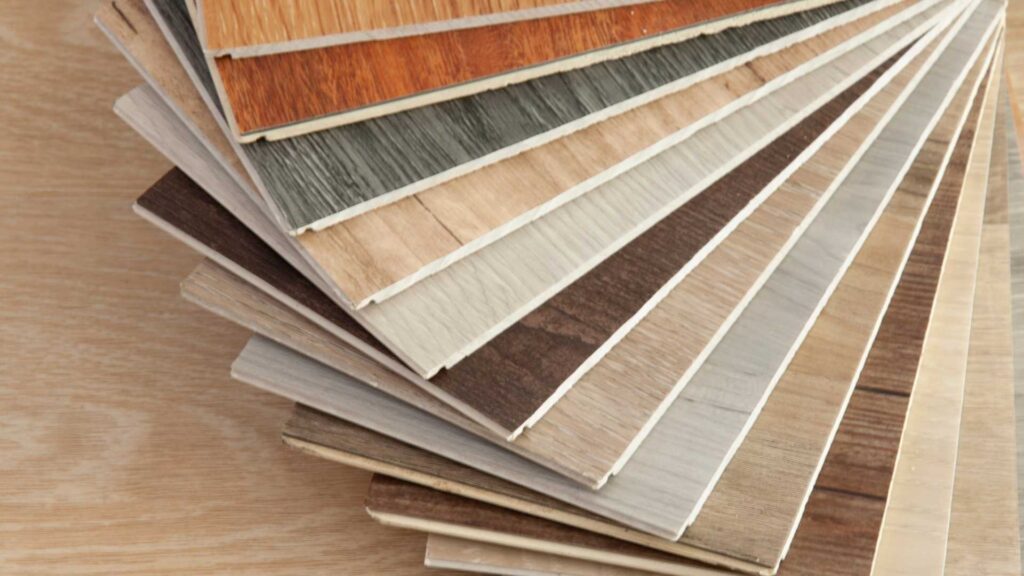
There are several types of plywood available, each with its own characteristics and uses:
- Softwood Plywood: Softwood plywood, which is crafted from kinds of softwood like pine or fir, has a cheaper cost and can be found in many places. People often use it for construction work like covering and making subfloors.
- Hardwood Plywood: Hardwood plywood is made of layers of hardwood veneer, giving it stronger power and better appearance. It’s mostly used in furniture, cabinets and for decorative reasons too.
- Marine Plywood: Marine plywood, made to tolerate water and moisture, has a special treatment of water-resistant glue. It is great for jobs that are outside, creating boats or any work where being resistant to water matters.
- Baltic Birch Plywood: Baltic birch plywood, recognized for its even layering and high durability, is highly appreciated by woodworking enthusiasts and craft artists. It possesses a delicate and polished surface with very few gaps, making it perfect for meticulous tasks and intricate assignments.
- MDF (Medium Density Fiberboard) Core Plywood: This plywood has an MDF core that is covered by veneer layers. It gives a uniform and smooth surface, frequently utilized for jobs requiring painting or lamination.
Also Read: How you Can Choose the Right Plywood for Different Application Areas
Veneer Quality and Grain Direction
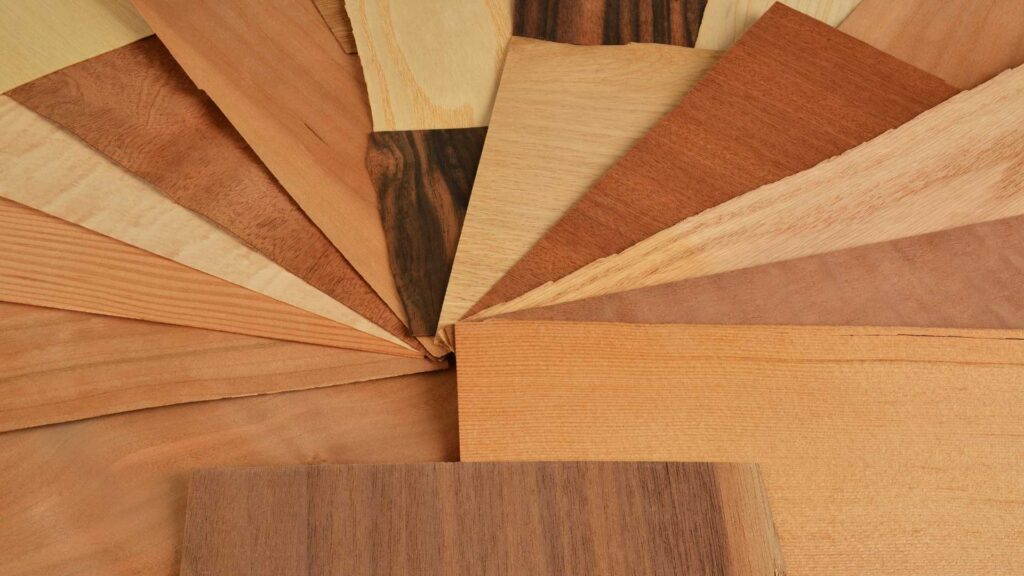
In choosing right plywood, observe the quality of veneer layers. Plywood with a higher grade will have fewer flaws like knots, splits or discolouration in it. The direction of the grain in veneer layers also affects how stable and pleasing it to the eyes of plywood is. Plywood that has alternating grain direction in its layers is less likely to warp and gives stronger dimensional stability.
Also Read: A Guide to Veneering with Plywood
Adhesive Types
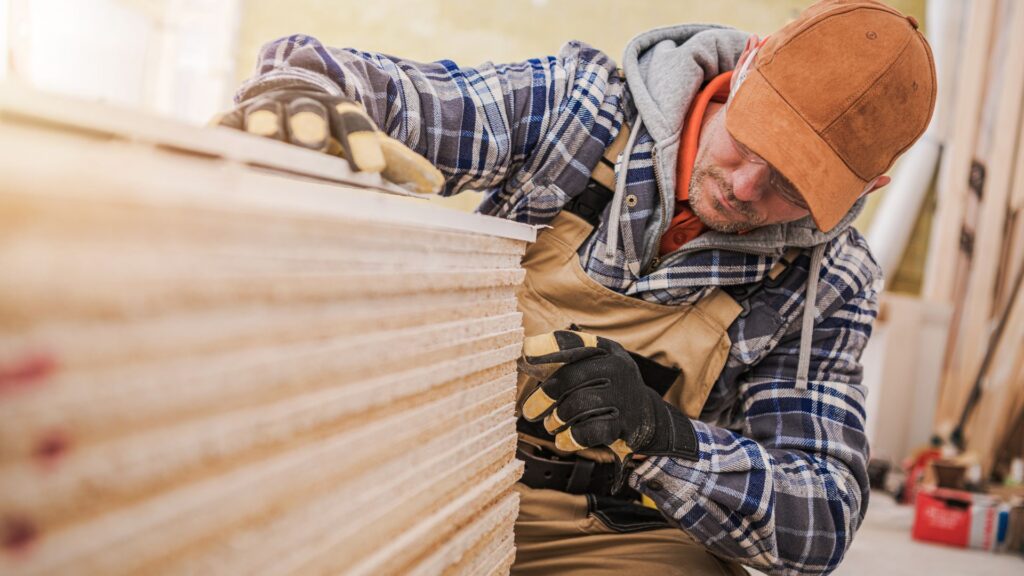
The kind of adhesive applied has an impact on how strong and moisture-resistant the plywood becomes. For making exterior-grade plywood, water-resistant adhesives are used to make it appropriate for outdoor use and places with high humidity. Interior-grade plywood makes use of adhesives which are not as resistant to moisture, this is good for indoor applications in dry conditions.
Cost Considerations

Plywood’s cost is not fixed; it can be more or less depending on its grade, thickness and type. Plywood that has a higher grade, such as hardwood or marine plywood, often costs more because of the better quality and long-lasting strength it offers.
But you should always keep in mind your budget while considering the needs of your project. It might be good to think about spending more on better plywood for things that will be seen or used in a structural way. For less demanding projects, lower-grade options can work fine.
Wrapping up
Deciding on the right plywood for your task is a very important choice, as it can greatly affect the result and lifespan of your work. By thinking about things like plywood grades, thicknesses, types of wood, quality of veneer and adhesive type, along with environmental friendliness and cost, you will be able to make a knowledgeable choice that matches up with what you need in your project.
Keep in mind that when you spend more money on good quality plywood at the beginning, it could save you time, hard work and resources later. By choosing the correct plywood type and employing appropriate storage plus handling methods, one can make certain that their project remains durable over a span of time while also delivering desired outcomes.
